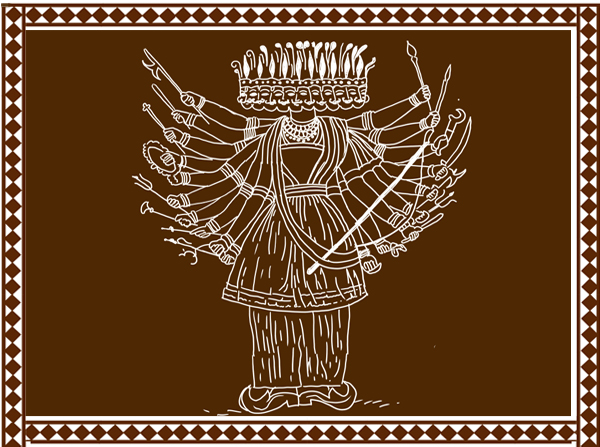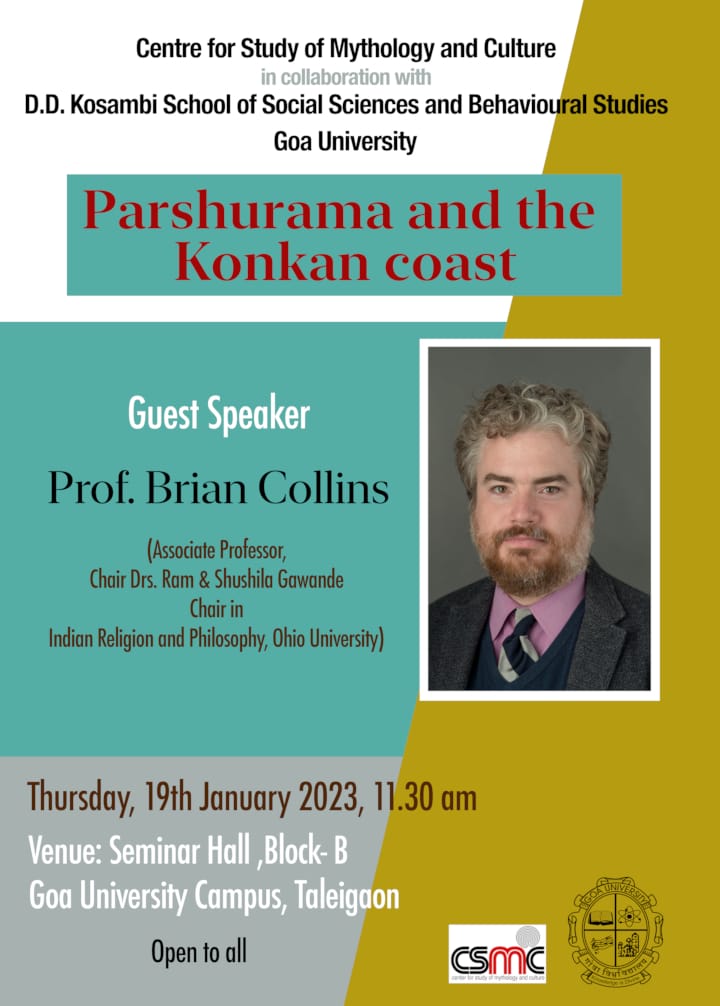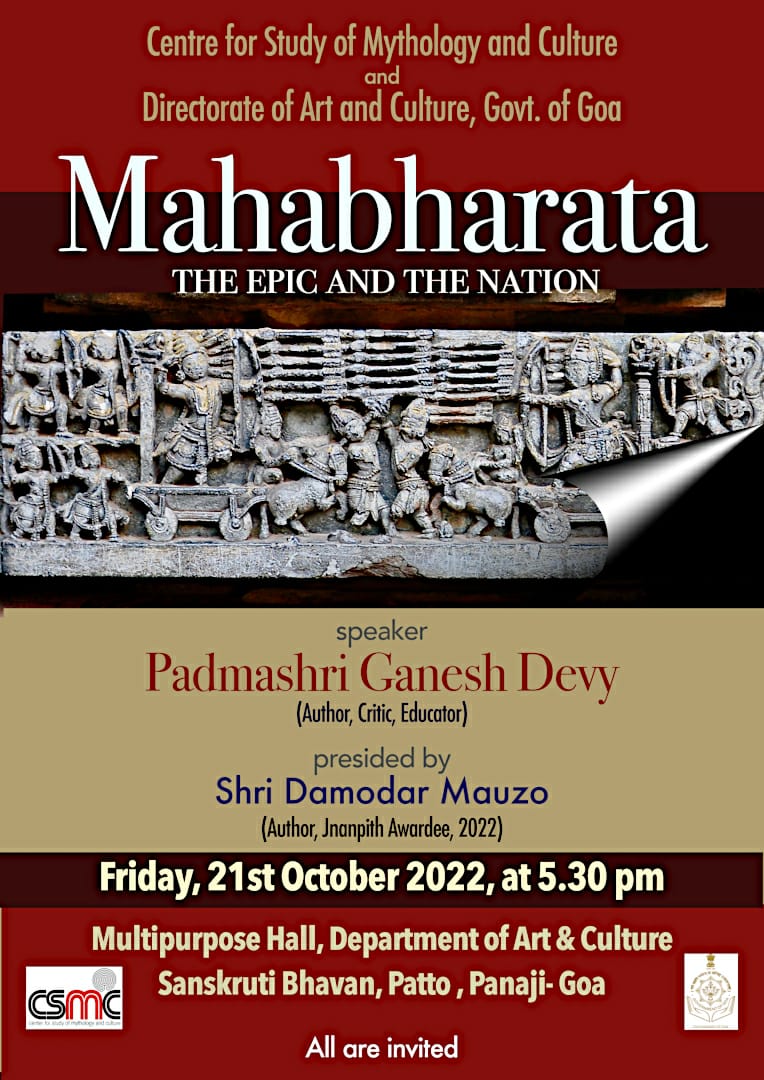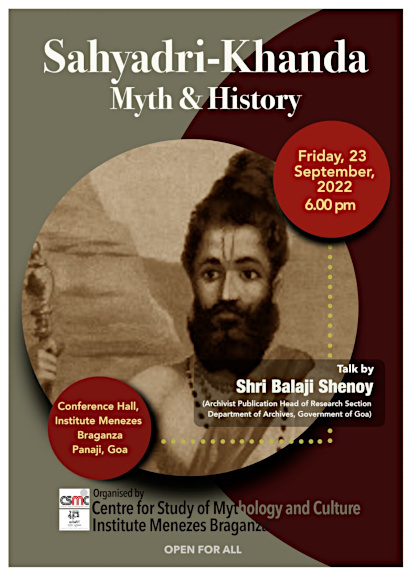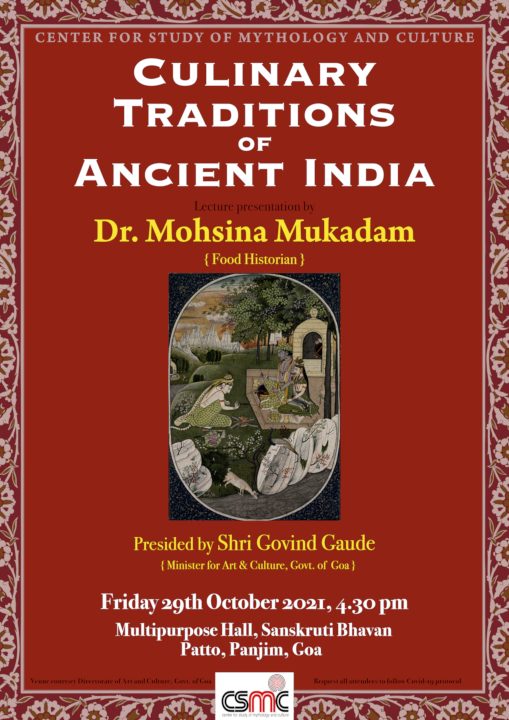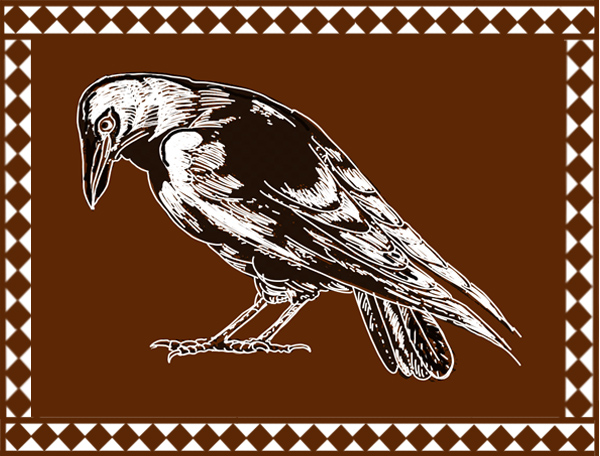
There are quite a few stories about crows in the Ramayana. The black crow, also known as a raven in some regions is said to possess clairvoyance by which he can see different worlds. Although considered to be an ugly bird, crows are one of the most mystical and intelligent birds valued for its wisdom. It is believed that crows warn humans of oncoming danger by their frenzied cawing. And yet, many ancient cultures have attached negative connotations to these magnificent birds. In Hindu mythology, crows are considered to be both auspicious and inauspicious when sighted within the context of a particular ritual or ceremony.
The most well-known example of a story featuring the crow is the tale of KakBhushundi, mentioned in Tulasi’ Das’s epic poem ‘Ramacharitamanas’. Bhusundi who was an ardent devotee of Ram had no respect or devotion for any representation God other than Lord Ram. His guru sage Lomas tried to correct this attitude by teaching him to develop devotion for nirguna brahman or the formless aspect of God. But Bhusundi ignored his guru’s teachings and kept on worshipping Ram as the Ultimate Truth. In a fit of anger Sage Lomasha cursed Bhusundi to become a crow because of his repeated rejection and arguments against the sage’s guidance and advice. When Lord Ram intervened on behalf of Bhusundi, Sage Lomas relented and recalled Basundi who was now in the form of a crow as ‘KakBhushundi’ or Bhusundi the crow and taught him Ramcharitmanas, stories about Rama’s spiritual journey. Thus KakBhusundi in the form of a crow became the ultimate narrator of the events in the life of Lord Rama. He was also blessed with the ability to travel through time and recreate the story of Lord Rama.
There are also other stories about crows that get a mention in various localised versions of the Ramayana. Tulu Ramayana known as ‘Seetha Kalyana’ mentions an episode in Rama’s life that is connected to crows.
Once the crows in Janak’s’ kingdom grew in numbers and started creating chaos in his all over his land. King Janak was so troubled by the menace of these crows that he announced that anyone who can get rid of crows from his kingdom would be eligible for marrying his beautiful daughter Sita. Rama’s younger brother Lakshmana managed to kill all the crows and restored peace in Janak’s kingdom. As per the announcement, Janak offered Sita’s hand to Lakshmana. But Lakshmana refused to marry Sita, stating that as per the custom, he cannot get married unless his elder brother Ram gets married first. Lakshmana then requested Rama to marry Sita. This episode in Tulu Ramayana is a substitute for the Shiva Dhanush episode in Valmiki Ramayana which leads to the marriage of Rama and Sita.
Yet another folk narrative of Ramayana explains why crow looks at the world through one eye. The peculiar habits of the crows to look sideways through one eye has generated a belief that crows can see only through one eye. According to the tale, once Sita went to have a bath at a nearby water tank. While she was having her bath a crow pecked at her delicate foot creating a wound. As Sita cried in pain, Ram who was standing nearby in attendance saw the culprit crow flying away and quickly shot an arrow. The arrow struck the crow in the eye making him blind in one eye. Since then crows can only see through one eye.
Durga Bhagwat who first noted this folk tale observes that this story incorporates the prevalent belief in Maharashtra and central India that if a crow touches a woman, her sexual desires get aroused. Kaksparsh literally meaning the touch of a crow is considered inauspicious and seen as a bad omen. On the other hand, during the shraddha ceremony or oblation offered to ancestors, a ball of cooked rice ( pind) is offered to the dead ancestor. If crows eat ( touch/peck) it, then it is assumed that the dead ancestor’s soul has been released from his or her bindings with the physical body and has embarked on the continuation of the soul’s journey to the next level of existence. In this rite, crows touching the rice ball is considered auspicious and is also seen as a good omen.
The crow remains an intriguing symbol in mythological tales
Story Collected by : Vidya Kamat
Source: inputs from Adimata by Ashok Rana
Location: Pan India
Image Copyright : Vidya Kamat







